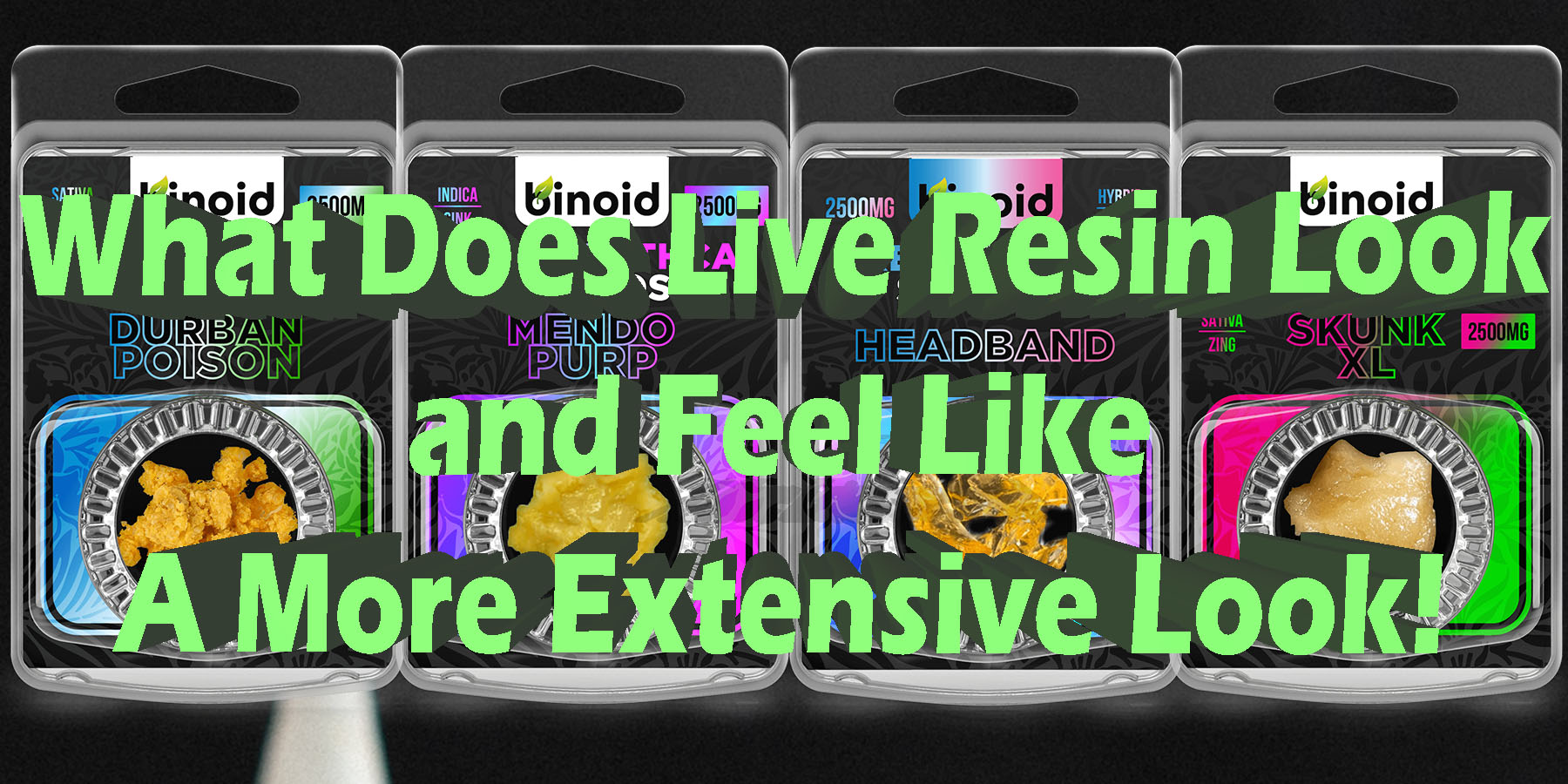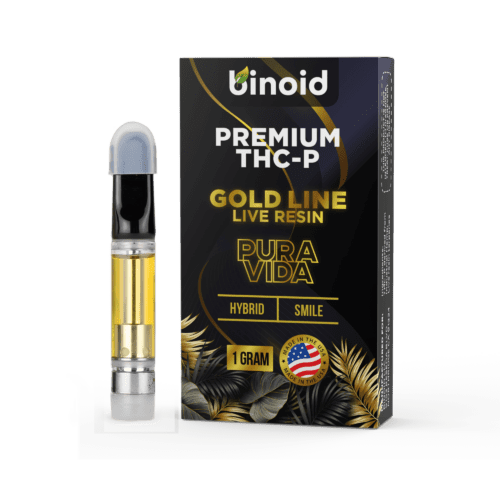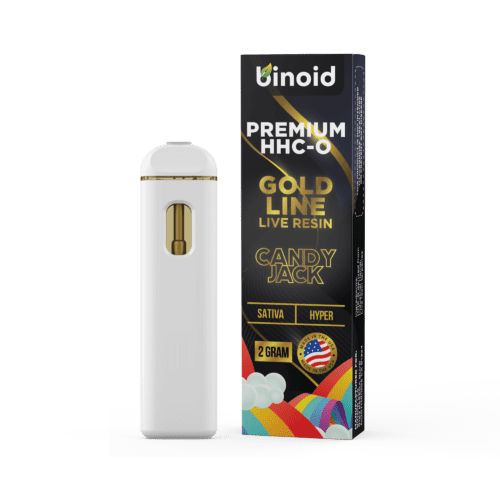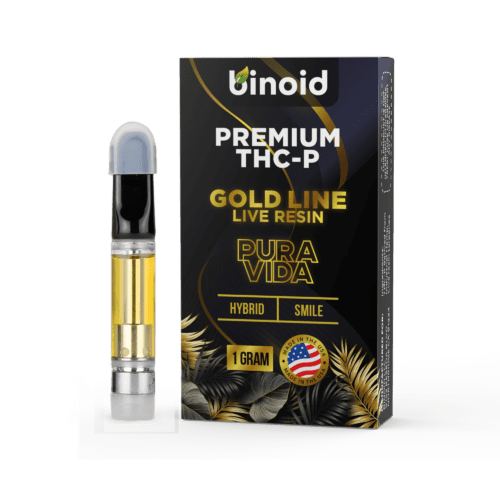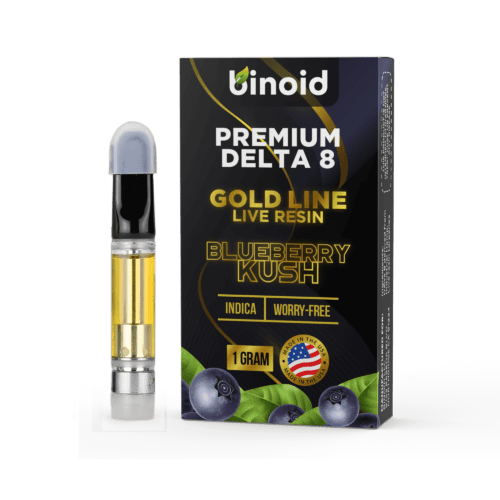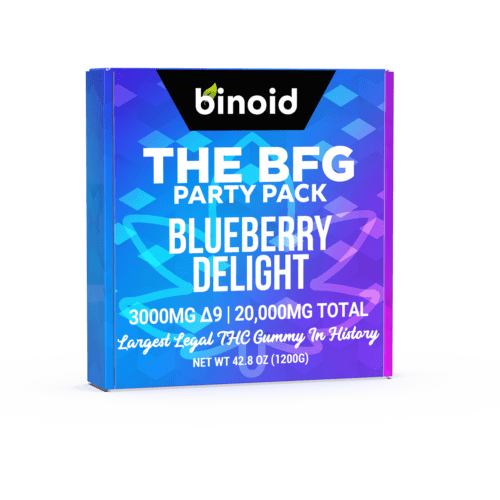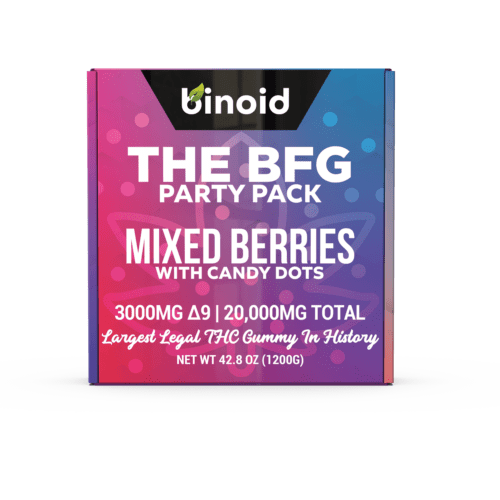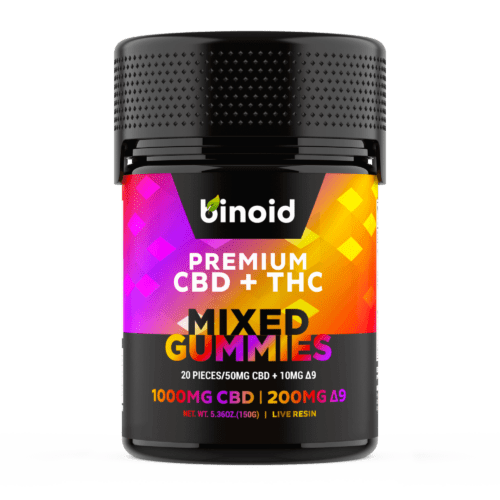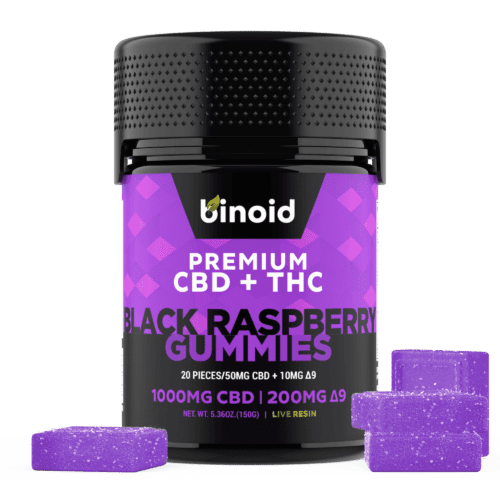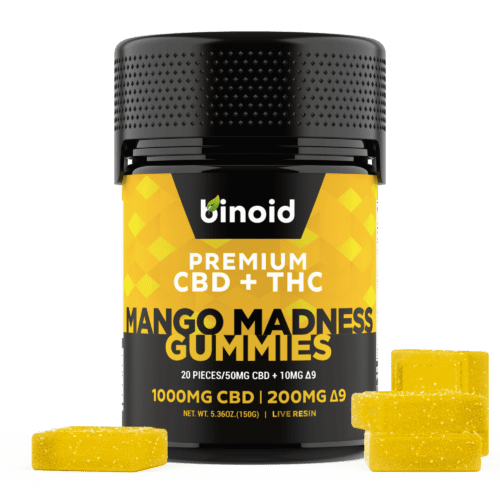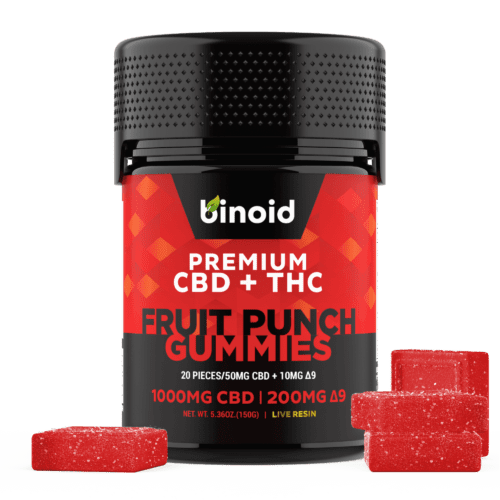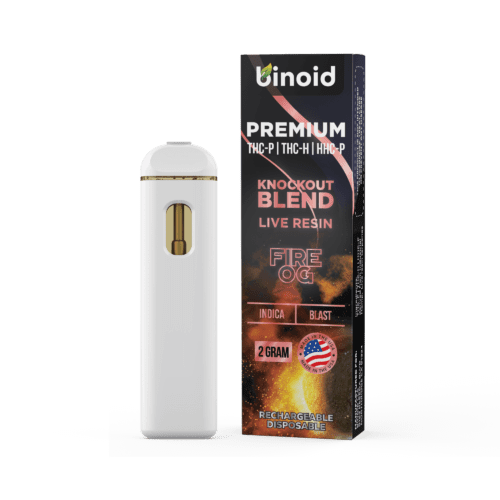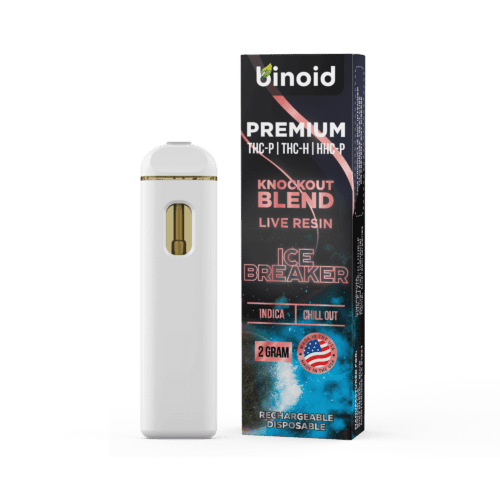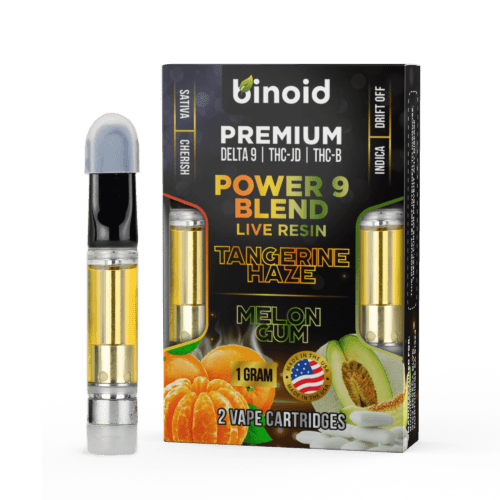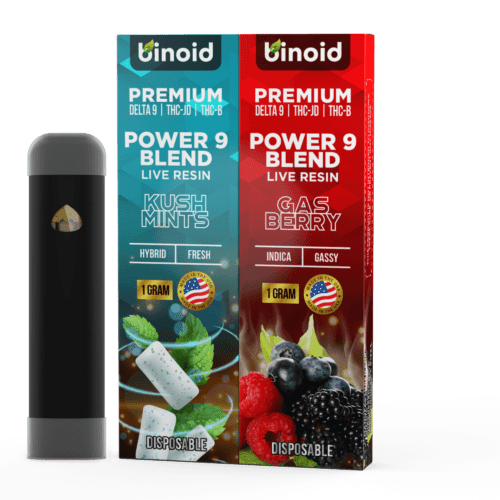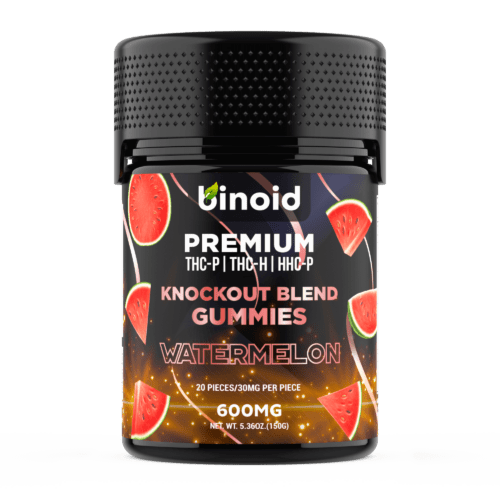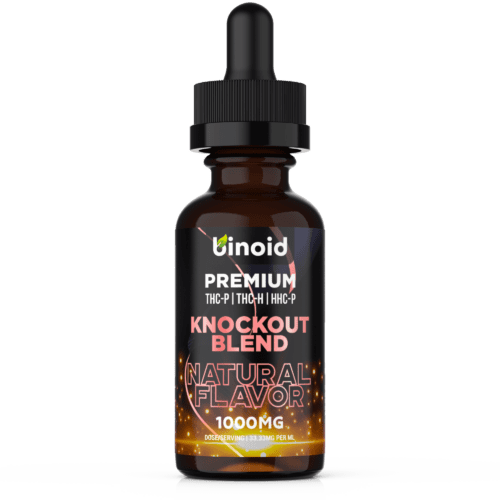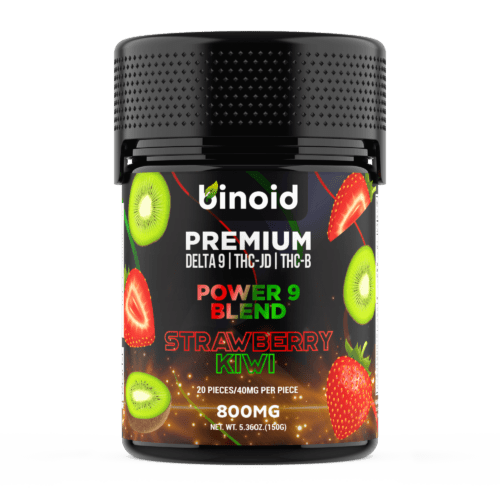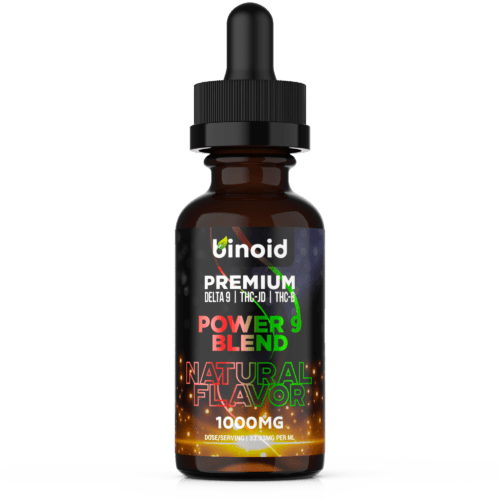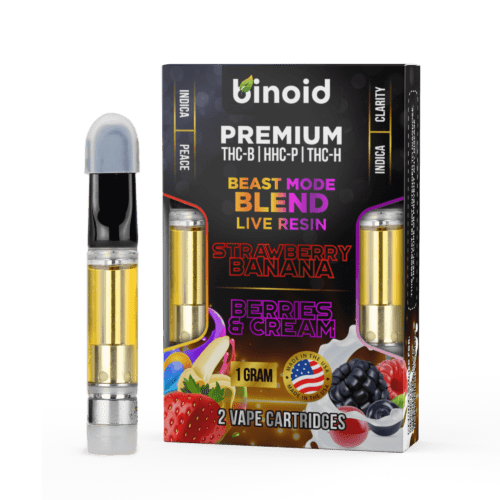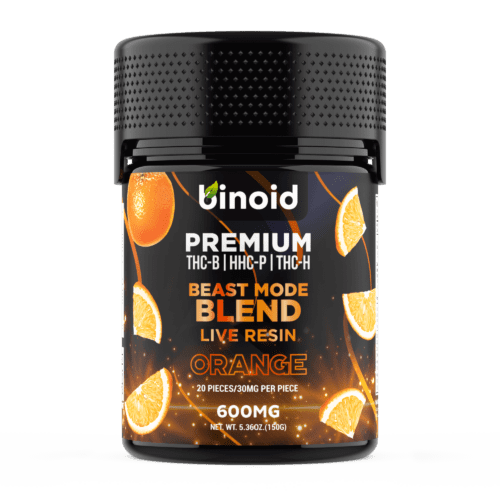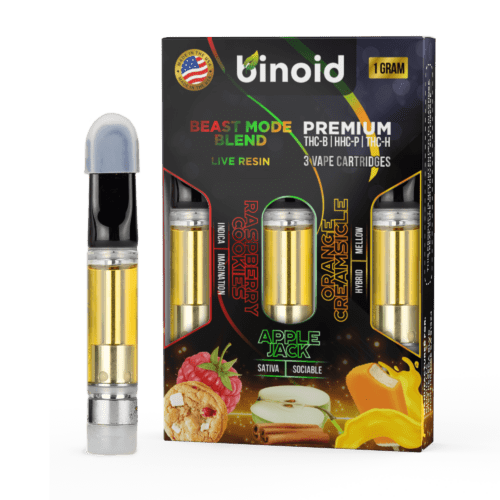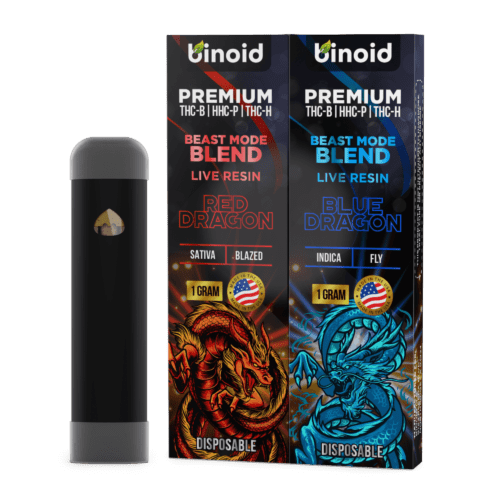Ever wondered what makes live resin stand out in the ever-expanding universe of cannabis concentrates? It’s a term that buzzes with a certain allure, promising a unique experience. But what exactly is this intriguing substance, and more importantly, what does it actually look and feel like when you encounter it?
Prepare to delve into the sensory world of live resin, exploring its appearance, its tactile qualities, and the distinct sensations it can evoke. We’re about to embark on a journey that uncovers the nuances of this sought-after concentrate, from its creation to the multifaceted ways it can engage your senses. Get ready to understand live resin on a whole new level, moving beyond the hype to appreciate its true character.
TO BUY LIVE RESIN CLICK HERE
Recommended products
What is Live Resin and What Does It Look Like?
Live resin is a type of cannabis concentrate celebrated for its remarkable ability to preserve the full spectrum of cannabinoids and terpenes present in the fresh cannabis plant. Unlike other concentrates that are typically made from dried and cured cannabis material, live resin production involves flash-freezing the plant immediately after harvest. This crucial step locks in the volatile compounds, particularly the terpenes, which are responsible for the plant’s distinct aroma and flavor profile, as well as contributing to its overall effects.
The result is a concentrate that offers an experience remarkably close to interacting with the living plant itself, boasting a robust and nuanced sensory profile that is often described as more vibrant and complex than its counterparts. It’s this commitment to preserving the “living” essence of the plant that gives live resin its name and its esteemed reputation among connoisseurs.
Visually, live resin can exhibit a surprising range of appearances, which adds to its mystique and appeal. You might find it as a sticky, sappy sauce, often with a glossy sheen, or it could present as a more granular, sugary consistency, sometimes referred to as “sugar wax.” Other forms include budder or badder, which have a softer, more malleable texture, similar to cake batter or butter. The color palette of live resin is equally diverse, typically ranging from a light, almost translucent amber or pale yellow to deeper golden hues and sometimes even a rich, dark orange. These variations in color and consistency are influenced by several factors, including the specific cannabis strain used, the exact extraction methods employed, and even post-extraction processing techniques. Small crystalline structures, which’re concentrated THCA, might also be visible within the saucier preparations, adding another layer to its visual complexity.
When It Was Discovered
The term “live resin” itself was notably introduced to the cannabis lexicon by William “Kind Bill” Fenger, a respected figure in Colorado’s hashish scene, around the summer of 2013. However, the underlying concept of working with fresh, frozen plant material to create extracts had been explored earlier. Kenneth Morrow of Trichome Technologies, for instance, was already employing and documenting processes involving fresh frozen trim back in the early 1990s, laying some of the groundwork for what would later become live resin. Kind Bill’s journey into this specific type of BHO (butane hash oil) was driven by a desire to produce concentrates that offered richer aromas and more dynamic flavors than those derived from traditionally cured cannabis.
The pivotal moments in live resin‘s development occurred through dedicated experimentation. In 2010, Fenger established one of the first legal cultivation operations in Colorado with a singular focus on producing concentrates. It was here that he began to seriously consider the potential of using freshly harvested cannabis, envisioning extracts that could deliver an unparalleled sensory experience. His initial forays involved the Original Diesel cultivar, using flash-frozen plant material to create a BHO. While this early version was exceptionally flavorful and aromatic, it presented challenges: the yields were low, the production process was inherently risky, and the final product wasn’t always aesthetically pleasing.
A significant breakthrough came in 2013 when Jason “Giddy Up” Emo installed an EmoTek Labs OBE-Dos extraction unit at A Cut Above, a medical dispensary in Colorado Springs. Fenger was brought on as a consultant, sparking a crucial collaboration. Together, Fenger and Emo dedicated over a month to intensive experimentation, meticulously trialing various strains and refining extraction techniques with the new equipment. Their persistence paid off when they successfully produced a batch of live resin using whole, flash-frozen cannabis plants, finally achieving the desired aromatic richness and flavor complexity. They christened both this innovative extraction process and the resulting superior concentrate “live resin“, marking a new benchmark in concentrate quality.
Recommended products
How It’s Exactly Created
The creation of live resin is a meticulous and somewhat complex process, demanding precision and specialized equipment to capture the volatile compounds that define this premium concentrate. It all begins at the moment of harvest, where the journey diverges significantly from traditional cannabis processing. Instead of drying and curing the cannabis flowers, the plants are flash-frozen immediately after being cut down. This rapid freezing is crucial as it preserves the terpenes and cannabinoids in their most pristine, “live” state, preventing the degradation and loss of these delicate compounds that can occur during the conventional drying and curing phases. Once frozen, the plant material is kept at subcritical temperatures throughout the initial stages of the extraction.
The most common method for live resin extraction involves using a hydrocarbon solvent, typically butane, propane, or a blend of the two. Here’s a more detailed look at the steps:
Material Preparation: Freshly harvested cannabis plants (flowers and sugar leaves) are carefully selected and then immediately flash-frozen using either dry ice or specialized cryogenic freezers. This step is critical for preserving the full spectrum of terpenes and cannabinoids. The frozen material is often referred to as “fresh frozen whole plant” (FFWP).
Loading the Extractor: The frozen plant material is carefully packed into the material column of a closed-loop extraction system. A closed-loop system is essential for safety and efficiency, as it allows the solvent to be recovered and reused.
Solvent Introduction: Chilled hydrocarbon solvent (e.g., butane, propane, or a blend) is passed through the frozen plant material in the column. The extremely cold temperature of both the plant material and the solvent helps to selectively dissolve the cannabinoids and terpenes while leaving behind undesirable compounds like chlorophyll and waxes. This is a key difference from other BHO extractions that might use warmer temperatures.
Solution Collection: The resulting solution, which now contains the dissolved cannabinoids, terpenes, and solvent, is collected in a separate chamber within the closed-loop system. This mixture is often referred to as the “slurry.”
Solvent Purging/Recovery: This is arguably the most critical and delicate stage. The collected solution is gently heated under vacuum to purge the residual solvent. The vacuum lowers the boiling point of the solvent, allowing it to evaporate without excessive heat that could degrade the terpenes and cannabinoids. The goal is to remove as much of the solvent as possible while retaining the volatile aromatic compounds. This process requires careful monitoring of temperature and pressure. The purged solvent vapor is then re-condensed and recovered for future use, making the process more sustainable.
Post-Extraction Processing (Optional): Depending on the desired final consistency, the live resin may undergo some minimal post-extraction processing. For instance, “sugaring” can occur naturally as THCA crystallizes, or a light whipping might be done to achieve a budder-like texture. However, true live resin typically involves minimal agitation or manipulation to preserve its delicate terpene profile.
Final Product: The end result is a highly aromatic and flavorful concentrate that can range in consistency from sappy and sauce-like to sugary or waxy, depending on the starting material and specific processing parameters. The key characteristic is the pronounced presence of terpenes, making it a favorite among those who prioritize flavor and aroma.
The entire process, from harvest to final product, is designed to maintain the integrity of the plant’s living profile, resulting in a concentrate that offers a truly expressive and potent experience.
What Does Live Resin Feel Like – Physically and Mentally?
Experiencing live resin is often described as a holistic engagement, where the physical sensations and mental journeys are deeply intertwined, largely thanks to its rich terpene and cannabinoid profile. Because it’s crafted to preserve these compounds in their most vibrant state, the “feel” of live resin can be more nuanced and pronounced compared to other concentrates. It’s not just about a singular effect; it’s about the symphony of compounds working together, creating a tapestry of sensations that can vary significantly from one batch to another, and indeed, from one person to another. The initial encounter often begins with the aroma and flavor, which are physical sensations in themselves, preparing the senses for what’s to come.
What Live Resin Feels Like Physically
Physically, the encounter with live resin can be quite distinct. When handling it, its texture immediately communicates its nature – it might be incredibly sticky and resinous, clinging to a dab tool with tenacity, or it could be more malleable and waxier, like a soft crumble. The temperature of the concentrate can also play a role in its tactile feel; some live resins are best handled when slightly cool to maintain their structure. Upon consumption, particularly through inhalation via dabbing or vaping, the initial physical sensation is often the incredibly rich and full-bodied flavor coating the palate.
This isn’t a muted taste; it’s an explosion of the plant’s natural terpenes, which can range from fruity and citrusy to piney, earthy, or gassy, depending on the strain. Many users report a smoothness in the vapor or smoke, especially with high-quality live resin, though the sheer concentration of terpenes can sometimes lead to a tickle in the throat or a cough if a large amount is consumed. Following consumption, users often describe a wave of bodily sensations that can range from deeply relaxing and comforting to invigorating and warming, spreading through the limbs and core.
Recommended products
What Live Resin Feels Like Mentally
Mentally, the journey with live resin is often characterized by its clarity and the pronounced nature of its effects, which many attribute to the entourage effect spurred by the full spectrum of cannabinoids and terpenes. Users frequently report a swift onset of sensations, leading to a heightened sense of awareness or a profound feeling of euphoria. Depending on the strain and individual biochemistry, this can manifest as an uplifted mood, a surge of creative energy, or a deep sense of calm and contentment.
The mental experience is often described as more well-rounded and less one-dimensional than with isolates or distillates, as the diverse terpene profile can significantly shape the cognitive journey. Some find that live resin enhances their focus for certain activities, while others prefer it for unwinding and achieving a state of blissful tranquility. The mental landscape painted by live resin is often vibrant and engaging, allowing for introspection or simply a more profound appreciation of one’s surroundings.
Can Live Resin Get You High?
Yes, unequivocally, live resin can get you high, and typically, quite effectively. The primary reason for this is its high concentration of psychoactive cannabinoids, most notably Tetrahydrocannabinol (THC) or its acidic precursor, Tetrahydrocannabinolic acid (THCA), which converts to THC when heated (a process called decarboxylation). Live resin is specifically produced to capture and concentrate these compounds from the cannabis plant. While the exact THC/THCA content can vary widely depending on the starting plant material and the specific extraction process, it is generally significantly higher than what is found in cannabis flower.
Potency levels in live resin can range from 60% to upwards of 90% THC/THCA, whereas cannabis flower typically averages between 15% and 25% THC. This substantial concentration means that even a small amount of live resin can deliver a potent dose of THC, leading to the characteristic psychoactive effects associated with a cannabis high. The preserved terpenes also have an impact on not only flavor and aroma, but in modulating and enhancing the effects of THC through the entourage effect, thus often leading to a more nuanced and powerful experience than THC alone might provide.
What Can Influence Your Live Resin High?
The high you experience from live resin isn’t a monolithic entity; it’s a dynamic interplay of various factors. Several elements can shape the intensity, character, and duration of your journey with this potent concentrate. Understanding these influencers can help you tailor your experience and navigate the world of live resin with greater awareness.
#1: Your Body Type and Tolerance to Live Resin
One of the most significant factors influencing your live resin experience is your unique physiology and your established tolerance level. Body type, encompassing aspects like weight, metabolism, and even body fat percentage, can affect how cannabinoids are processed and distributed throughout your system. Individuals with faster metabolisms may process cannabinoids more quickly, potentially leading to a faster onset but shorter duration of effects, while those with slower metabolisms might experience the opposite. Furthermore, your individual endocannabinoid system, which is unique to you, dictates how your body interacts with phytocannabinoids like THC. Tolerance, built up over time through regular cannabis consumption, plays a crucial role. If you’re a frequent consumer of high-potency cannabis products, you will likely require a larger amount of live resin to achieve the same level of effects as someone who consumes cannabis infrequently or prefers lower THC products. Conversely, a novice user or someone with low tolerance will find even a small amount of live resin to be very potent.
#2: How Much Live Resin You Take
This might seem obvious, but the dosage, or how much live resin you consume, is a primary determinant of the intensity and nature of your ‘high’. Given live resin’s high potency, the difference between a small dose and a slightly larger one can be quite significant. A micro-dose might lead to subtle mood elevation and enhanced sensory perception, while a larger dose can result in profound euphoria, altered perception of time, and deep relaxation. It’s generally advisable, especially for those new to live resin or a particular batch, to start with a very small amount – often described as the size of a grain of rice or smaller – and wait to assess the effects before considering consuming more. Overconsumption can lead to an uncomfortably intense experience for some. Therefore, mindful dosing is key to enjoying what live resin has to offer and ensuring the experience remains pleasant and manageable, allowing you to find your personal sweet spot for the desired level of effects.
#3: The Combination of Cannabinoids
The specific blend of cannabinoids present in the live resin is a critical factor shaping your experience, a concept often referred to as the “entourage effect.” While THC is the primary psychoactive component, other cannabinoids contribute to the overall profile of effects, even if they are not psychoactive on their own or are present in smaller quantities. The precise ratio and presence of these compounds can lead to vastly different experiences from one live resin product to another, even if their THC percentages are similar. This intricate interplay is what gives each strain and batch its unique signature.
Recommended products
Here’s a look at some of the cannabinoids that can be found in live resin and their potential contributions:
CBD (Cannabidiol): Often present in smaller amounts in THC-dominant live resins, CBD is non-intoxicating. It is known for its potential to modulate the effects of THC, possibly smoothing out the experience and contributing to a sense of calm and well-being.
CBN (Cannabinol): Typically formed as THC degrades, CBN is usually found in very low concentrations in fresh live resin. It’s mildly psychoactive and is often associated with more sedative or relaxing sensations.
CBG (Cannabigerol): Considered a minor cannabinoid but often referred to as the “mother of all cannabinoids” because it’s a precursor to others like THC and CBD. CBG is non-intoxicating and is being explored for its own unique properties that may contribute to the overall feeling of balance.
CBC (Cannabichromene): Another non-intoxicating cannabinoid that is believed to work synergistically with other cannabinoids. It may contribute to mood elevation and an overall sense of contentment.
THCA (Tetrahydrocannabinolic Acid): This is the non-psychoactive acidic precursor to THC. It’s the primary form of THC found in raw and live cannabis, including live resin. When heated (smoked, vaped, dabbed), THCA decarboxylates into the psychoactive delta-9 THC, delivering the high.
Delta 6 THC (Δ6a-THC or Δ3-THC): This is an isomer of THC, meaning it has the same chemical formula but a slightly different structure. It’s less common and less studied than Delta 9 THC, and its presence and effects in live resin are generally minimal or incidental, though it is considered psychoactive.
Delta 8 THC (Delta-8-Tetrahydrocannabinol): An analog of Delta 9 THC, Delta 8 is psychoactive but generally considered to be less potent than Delta 9 THC. It’s known for producing a clearer-headed high with less propensity for anxious feelings for some users, though its concentration in typical live resin made from traditional cannabis is usually very low unless specifically converted.
Delta 9 THC (Delta-9-Tetrahydrocannabinol): This is the primary psychoactive compound in cannabis responsible for the “high.” Live resin is prized for its high concentrations of THCA, which converts to Delta 9 THC upon heating, delivering potent effects.
Delta 10 THC (Delta-10-Tetrahydrocannabinol): This is a cannabinoid found in cannabis and hemp plants, similar to Delta 8 and Delta 9 THC, but with a slightly different molecular structure. It’s recognized for producing a milder, more energizing and focus-enhancing effect compared to the more intense “high” associated with THC. Its effects are almost in the same category as THCV and can get enhanced with the combination of live resin.
Delta 9P (Delta-9-pyrrolidinyl): A name that’s rapidly gaining notoriety, it’s scientifically recognized in some circles as Delta-9-pyrrolidinyl. It represents a cutting-edge development in cannabinoid science, existing as a semi-synthetic compound engineered for remarkable potency. Unlike naturally occurring cannabinoids that are simply extracted from the hemp plant, Delta 9P is meticulously derived through a sophisticated process combining elements of both Delta 9 THC and the already potent THC-P.
THCV (Tetrahydrocannabivarin): This cannabinoid can have varying effects depending on the dose. In low doses, it may suppress appetite and is non-psychoactive, but in higher doses, it can be psychoactive, often described as producing a more stimulating and clear-headed high that is quicker in onset and shorter in duration than Delta 9 THC.
THC-B (Tetrahydrocannabutol):Similar to THC-P, THC-B is another homolog of THC with a butyl side chain instead of a pentyl side chain (like THC) or a heptyl side chain (like THC-P). It’s considered psychoactive and potentially quite potent, though less so than THC-P.
THC-H (Tetrahydrocannabihexol): This is a newly discovered cannabinoid reported to be significantly more potent than Delta 9 THC. If present in live resin, even in trace amounts, it could contribute to a stronger overall psychoactive effect.
THC-JD (Tetrahydrocannabioctyl): Another novel cannabinoid with an even longer alkyl side chain (octyl) than THC-P, suggesting it could also be extremely potent and significantly influence the high if present. Research is still very nascent for this compound.
THCM (THC-Monimethyl Ether): This term is not standard for a naturally occurring cannabinoid. It might refer to a synthetic derivative or a misnomer. Naturally-occurring cannabinoids in live resin are typically in their carboxylated or neutral forms.
THC-P (Tetrahydrocannabiphorol): As mentioned with Delta 9P, THC-P is a highly potent phytocannabinoid. Its presence, even in minute quantities, can significantly elevate the intensity and duration of the psychoactive experience provided by live resin.
HXY-11 THC (11-Hydroxy-THC): This is not a cannabinoid found in the plant material itself, but rather a metabolite produced in the human body after Delta 9 THC is processed by the liver, particularly when ingested. If the user is consuming live resin edibles, 11-Hydroxy-THC will be a key psychoactive component contributing to a typically more potent and longer-lasting high.
HHC (Hexahydrocannabinol): A hydrogenated form of THC. It can occur naturally in trace amounts but is often produced semi-synthetically. It’s psychoactive, with effects often described as similar to THC but potentially with a longer shelf life and slightly different subjective effects, possibly more relaxing for some.
HHC-O (HHC Acetate): This is an acetylated version of HHC, similar to THC-O Acetate. The acetylation process is thought to increase the bioavailability and potency of HHC, potentially leading to stronger and longer-lasting effects compared to regular HHC.
HHC-P (Hexahydrocannabiphorol): This is a hydrogenated analog of THC-P. Given THC-P’s high potency, HHC-P is also believed to be a very potent cannabinoid, potentially offering a powerful and long-lasting psychoactive experience.
HHC-B (Hexahydrocannabutol): This would theoretically be a hydrogenated version of THC-B. Like THC-B, it would be psychoactive, and its effects would be an area of ongoing research and anecdotal reporting.
PHC (Hydrox4phc): Represents a more recent entrant into the diverse family of hemp-derived cannabinoids. Unlike naturally abundant cannabinoids like CBD or Delta-9 THC, PHC is typically understood to be a specialized, semi-synthetic compound. Its name, Hydrox4phc, suggests a molecular structure involving a phytocannabinoid (“phc”) that has undergone specific chemical modifications, likely involving hydroxyl groups (“Hydrox4”), to alter its properties and how it interacts with the human body. The primary intention behind creating such compounds is often to influence their metabolic pathway, potentially enhancing potency, duration, or the overall character of the effects experienced by the user.
Recommended products
#4: The Delivery Method of Products Using Live Resin
The way you choose to consume live resin significantly impacts how quickly you’ll feel the effects, how intense they’ll be, and how long they will last. Different delivery methods have varying rates of absorption and bioavailability, leading to distinct experiences, such as the following:
Vapes: Live resin vape cartridges or pens heat the concentrate to create an inhalable vapor. Effects are typically felt very quickly, often within minutes, as cannabinoids are absorbed directly into the bloodstream through the lungs. This method allows for easy dose titration and offers a potent, flavorful experience.
Dabs: Dabbing involves vaporizing live resin on a heated surface (a “nail” or “banger”) and inhaling the vapor through a dab rig. This method delivers a highly concentrated dose rapidly, leading to intense effects almost immediately. It’s known for maximizing flavor and potency.
Gummies: Live resin can be infused into gummies, offering a discreet and convenient edible option. When ingested, cannabinoids are metabolized by the liver, converting THC into 11-hydroxy-THC, which’s more potent and longer-lasting. Effects can take 30 minutes to 2 hours to onset but tend to be more intense and prolonged.
Baked Goods: Similar to gummies, infusing live resin into baked goods like brownies or cookies results in an edible experience. The onset, intensity, and duration of effects are comparable to other edibles, providing a potent, full-body sensation that unfolds over several hours.
Beverages: Cannabis-infused beverages with live resin are becoming more popular. Like edibles, they are processed through the digestive system, so effects are delayed but can be quite potent and long-lasting. Some Nanoemulsion technologies aim for faster onset in beverages.
Tinctures: Live resin tinctures are typically administered sublingually (under the tongue). This allows for some direct absorption into the bloodstream via the mucous membranes, leading to a relatively faster onset than edibles (perhaps 15-45 minutes), though some will still be swallowed and processed by the liver.
Flower: Sometimes, live resin is added to cannabis flower to enhance its potency and flavor – for example, “infused flower” or pre-rolls. When smoked, the effects will be a combination of the flower and the live resin, typically with a quicker onset due to inhalation and an intensified experience from the added concentrate.
Capsules/Softgels: These offer a pre-dosed, discreet way to consume live resin orally, similar to edibles. Effects will have a delayed onset (30 minutes to 2 hours) and will be longer-lasting and potentially more intense due to liver metabolism. This method provides precise dosing without any taste or smell.
#5: That Said Product’s Strain
The product’s strain you select makes a considerable difference in the characteristics of your live resin experience. The term “strain” refers to the specific terpene profile and cannabinoid ratios inherent in the hemp or cannabis breed used to create the live resin. Each terpene not only contributes a unique aroma and flavor—from fruity to earthy, citrusy to piney—but also offers distinctive interactive qualities with cannabinoids, subtly or significantly shaping the overall effects. There are three main classifications of strains, and within these categories, a multitude of individual strains exist, each with its own reputed profile:
Indica: Widely known for imparting a mellowing quality that can be felt throughout the body and in one’s overall mood. Consumers often choose Indicas for evening use or when seeking profound relaxation and a sense of tranquility. There are full Indica strains, which express purely Indica traits; Indica-leaning hybrids, which have a majority of Indica characteristics with some Sativa influence; and Indica-dominant strains, which clearly present Indica effects as the primary experience.
Sativa: Frequently favored for daytime activities as they are often associated with energizing and uplifting sensations. Users might select Sativas when looking for a boost in creativity, focus, or simply a more animated and euphoric state of mind. Similar to Indicas, Sativas can be found as full Sativa, Sativa-leaning hybrids (mostly Sativa with some Indica traits), and Sativa-dominant strains, where the Sativa effects are most prominent.
Hybrid: Cultivated by crossbreeding Indica and Sativa plants, resulting in a profile that aims to capture a desirable balance between the two. These strains can offer a versatile experience, sometimes starting with more Sativa-like cerebral sensations and settling into a comfortable body relaxation, or vice-versa. Many hybrids are designed to be close to a 50/50 representation, but they can also present with ratios like 55/45, depending on the specific genetics of the parent strains and the desired outcome of the cross.
#6: Your Overall State of Mind
Your existing mental and emotional state when you consume live resin can profoundly color your experience. If you approach the experience feeling relaxed, positive, and in a comfortable setting, you are more likely to have an enjoyable and pleasant journey. The effects of the live resin may amplify these positive feelings, leading to enhanced euphoria, creativity, or a deeper sense of contentment and well-being. Conversely, if you are feeling agitated, worried, or are in an unfamiliar or uncomfortable environment, the psychoactive effects could potentially heighten these pre-existing negative feelings. It’s important to be mindful of your mindset before consumption, as cannabis, especially potent forms like live resin, tends to amplify your current emotional landscape rather than completely transform it. Being in a good headspace and a supportive setting can significantly contribute to a more blissful and enriching live resin experience.
Final Live Resin Feelings Thoughts
The encounter with live resin is clearly more than a simple transaction; it’s a deeply sensory exploration. From the moment its diverse visual tapestry catches your eye – be it a shimmering sauce or a crystalline sugar – to the rich bouquet of aromas that herald its terpene treasures, live resin engages you. The tactile interaction, whether sticky or pliable, further prepares you for the symphony of sensations to follow.
Its ability to deliver such a potent and nuanced expression of the original plant makes each interaction a unique event. Understanding the journey from its meticulous creation to the multitude of factors influencing its ultimate feel allows for a more profound appreciation of this exceptional concentrate. It’s a testament to the continuous innovation within the cannabis space, always striving to capture and deliver the plant’s most authentic and vibrant characteristics.

